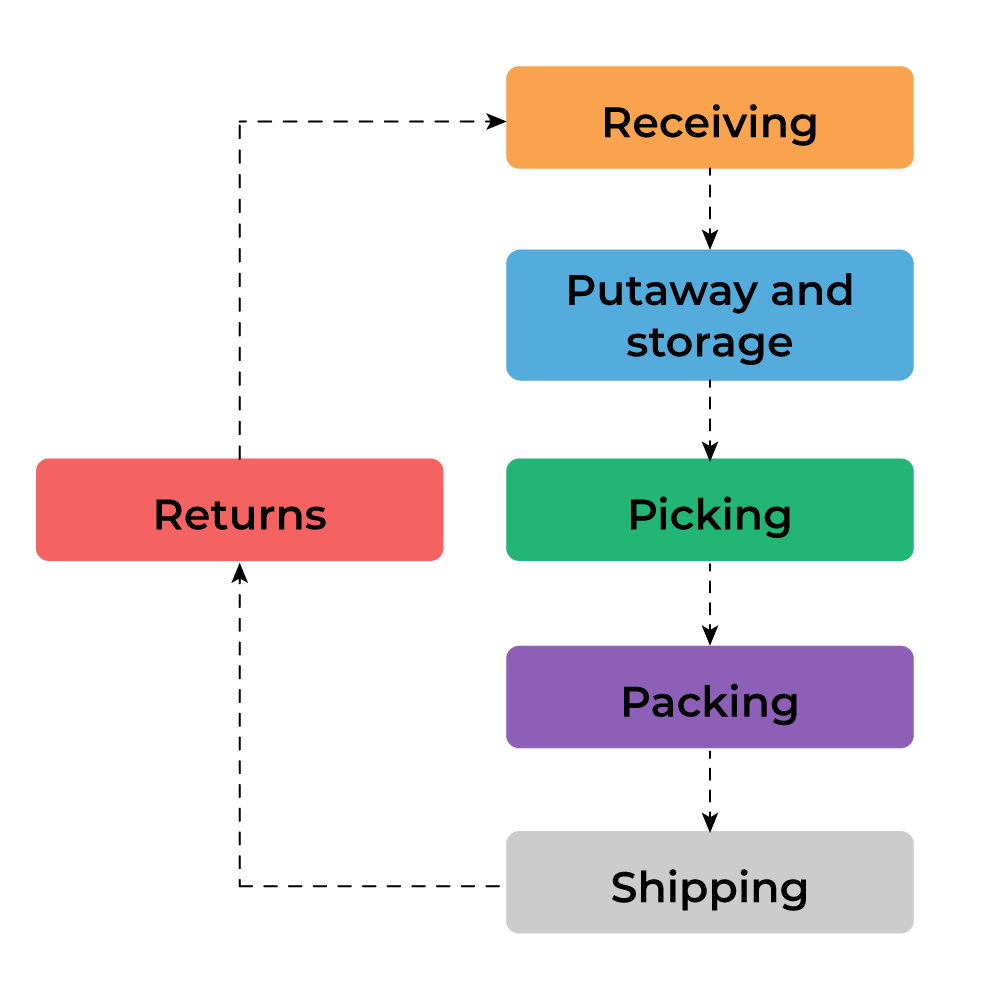What is a Warehouse Management System (WMS)?
A warehouse management system (WMS) is a software application that helps in managing and controlling the day-to-day operations of a warehouse. It provides a centralized platform to streamline and optimize various warehouse processes, such as inventory management, order fulfillment, shipping, and receiving.

Some key features of a WMS include:
Inventory Tracking: It allows real-time tracking of inventory levels, locations, and movements within the warehouse. This helps in maintaining accurate stock counts and reducing the likelihood of stockouts or overstocks.
Order Management: A WMS facilitates efficient order processing by automating order routing, picking, packing, and shipping. It helps ensure timely and accurate order fulfillment, improving customer satisfaction.
Warehouse Layout Optimization: With a WMS, you can optimize your warehouse layout based on product characteristics, demand patterns, and operational efficiencies. This reduces travel time and improves productivity.
Labor Management: WMS enables workforce planning, time tracking, and performance management. It helps in assigning tasks to workers efficiently, monitoring their productivity, and identifying areas for improvement.
Reporting and Analytics: WMS provides comprehensive reporting and analytics capabilities, allowing you to monitor key performance indicators (KPIs) and make data-driven decisions. It helps in identifying operational bottlenecks, optimizing processes, and improving overall warehouse performance.

